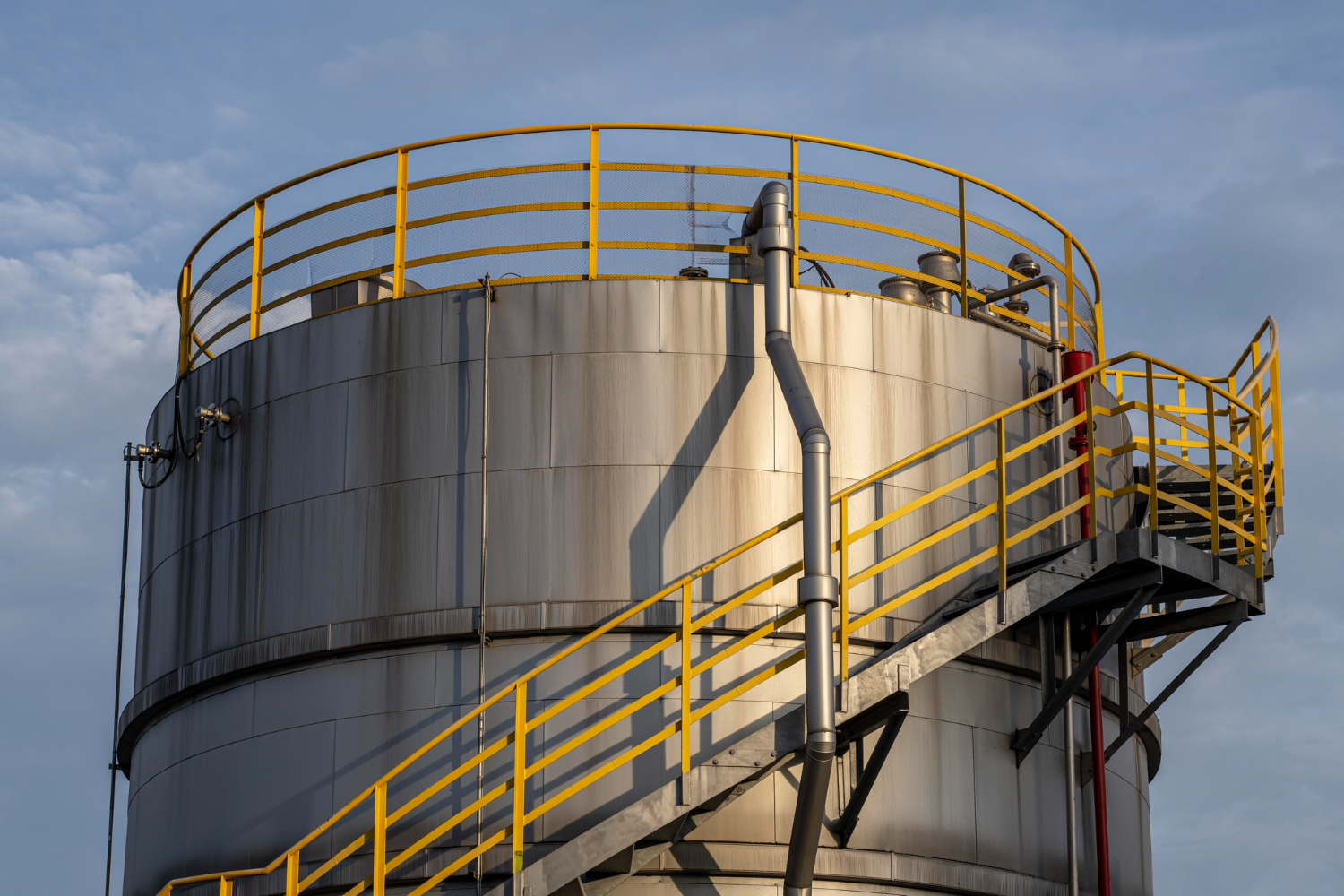
Tank liners play a crucial role in keeping storage tanks in excellent condition, safeguarding the materials stored within, and extending the lifespan of the tanks themselves. Without proper liners, tanks are susceptible to corrosion, leaks, and contamination, which can lead to costly repairs and environmental hazards. Understanding the importance of liners can help prevent these unwanted problems.
The Importance of Tank Liners
Tank liners play a crucial role in safeguarding the structural integrity and usability of storage tanks. They act as a protective barrier between the tank material and its contents, preventing leaks and contamination. This is especially important in tanks storing hazardous or corrosive substances, where a compromised tank can lead to significant environmental and financial damage.
Without proper maintenance and repair, tank liners can deteriorate over time. Cracks and wear in the liner can lead to leaks, which might result in costly repairs or even require a complete tank replacement. Furthermore, neglected liners pose a risk of contamination to stored contents, which can affect quality and safety, possibly leading to downtime and loss for businesses.
Regular maintenance of tank liners ensures a longer lifespan and efficiency of the tanks. By keeping liners in good condition, you maximise the tank’s performance and minimise risk. Ignoring liner maintenance might seem like a cost-saving measure initially, but the potential consequences could prove much more expensive in the long run, both in terms of repairs and operational disruptions.
Types of Tank Liners and Their Features
Choosing the right tank liner involves understanding the features of various materials. Here are some of the common tank liner materials:
1. Rubber Liners
- Flexible and durable, rubber liners are resistant to various chemicals.
- Ideal for tanks that need flexibility in high-temperature conditions.
2. Epoxy Liners
- Known for their strong adhesion and corrosion resistance.
- Suitable for tanks storing a wide range of chemicals and water.
3. Polyurethane Liners
- Lightweight and abrasion-resistant, offering excellent waterproofing.
- Perfect for high-impact and thermal shock environments.
4. PVC Liners
- Affordable and easy to install, providing good chemical resistance.
- Used in tanks requiring frequent liner replacements due to varying contents.
Each material brings its own set of advantages, like chemical resistance, flexibility, and durability. This means the choice of liner should depend on the specific needs of the tank and the nature of its contents. Understanding these features can help you decide which type of liner will best suit your tank, ensuring both safety and longevity.
Choosing the Right Tank Liner for Your Needs
Selecting the correct tank liner is crucial to ensuring the longevity and safety of your tank. One of the primary factors to consider is the type of material stored in the tank. For example, tanks that hold corrosive substances require liners with strong chemical resistance, like epoxy or a specially formulated rubber.
Environmental conditions are another consideration. Tanks exposed to extreme temperatures or environments may benefit from flexible liners such as rubber or polyurethane, which can adapt to thermal changes without cracking. For outdoor tanks, UV-resistant liners are vital to prevent degradation from prolonged sun exposure.
Matching liners to specific applications is also essential. Water storage tanks often use liners like PVC or flexible polyurethanes due to their cost-effectiveness and easy installation. On the other hand, chemical containment tanks might use epoxy liners because of their excellent chemical resistance and durability.
Assess any operational conditions, such as the requirement for frequent cleaning or maintenance, which might affect liner wear. This all-around assessment supports informed decisions, ensuring you choose a liner that meets the tank’s requirements and maximises performance.
Maintenance and Inspection of Tank Liners
A routine inspection and maintenance plan is key to extending the lifespan of tank liners. Regular checks should be performed to look for signs of wear and damage. Start by visually inspecting the liner for cracks, blisters, or discolouration. These can be early indicators that the liner needs attention.
Implementing a maintenance schedule that includes cleaning and monitoring helps prevent issues from escalating. For example, periodic cleaning removes residue that could corrode the liner material over time. Use gentle cleaning agents and soft tools to avoid causing unnecessary damage.
Listen for unusual sounds during inspections, which might indicate structural shifts or liner detachment. Pay attention to changes in the efficiency of the equipment connected to the tank, such as pumps and filters, as they may signal unseen liner problems.
Prompt repairs are crucial when wear is detected. Minor damage might be repaired on-site, but significant issues could require professional assessment and potential liner replacement. Tackling problems early prevents leaks and avoids costly downtime.
Conclusion
Ensuring that your tank liners are properly selected, installed, and maintained is vital for the efficient operation of any storage tank. We’ve explored the importance of choosing the right material based on your specific requirements and how ongoing maintenance can extend the life of your tank liners. By following these guidelines, you ensure that your tanks are reliable, safe, and ready to handle their stored contents without risk.
At ATM Tanks, we understand the intricacies of tank liner selection and maintenance. Our team of experts can assist you in choosing and managing your tank liners, ensuring your storage solutions are both robust and efficient. Contact us today to discover how we can support your tank needs with our tailored solutions.
- Choosing the Best Tank Liners for Longevity - December 7, 2025
- Pro Solutions for Effective Industrial Tank Cleaning - December 7, 2025
- What to Do When Your Tank’s Waterproofing Fails - December 7, 2025






